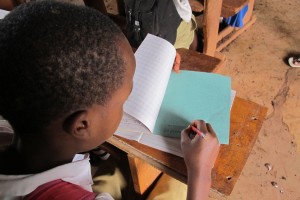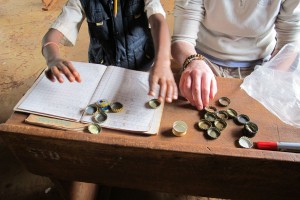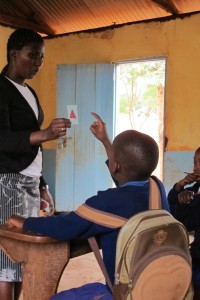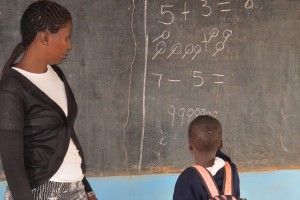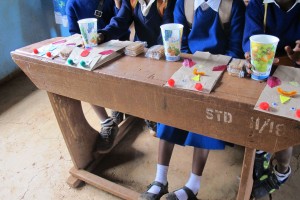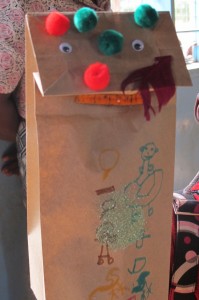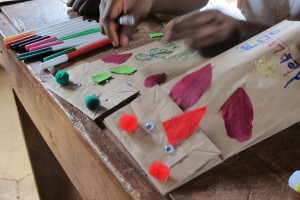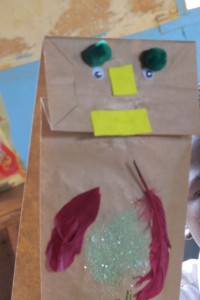This week is dedicated to teacher training. Last year when we did teacher training, I was working with one teacher and we did it when the students were on school vacation. I was able to give ideas and I showed some techniques, but if I did modeling, it was to Sarah and the teacher.
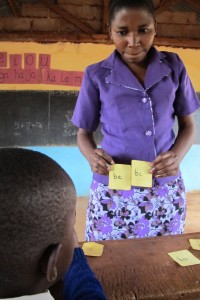
Building words with syllable cards

Modeling read alouds
This year is very different in many wonderful ways. First, we have three teachers. Second, Veronika is very knowledgeable and has been with the project for over a year and really understands the point and why we need to change some of the teaching techniques. She is a mentor for the other two teachers and she directs them. Third, I got to do teacher training while children are present. That means that we are using a much more effective model of training, practicing, and more modeling by me, and some coaching as the children are present and they are working together. It is really awesome to see the teachers pick up so quickly on the new ideas, but also to have a vibrant conversation with Veronika about pedagogy and how to balance their traditional pedagogy with new ideas. We are slowing introducing new concepts, but at the same time because these children will go back to the typical methods of teaching in their general education classroom, we need to continue to respect these methods and find ways for them to learn in that situation. Some of these children have made astronomical gains that I didn’t expect. I think it will be critical to see how they continue to do in their general education classroom next year and the year after. Was this enough of a boost? Are they now learning from that teacher and that classroom?
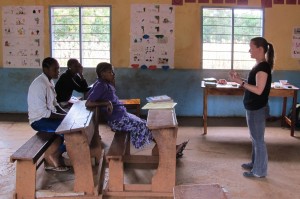
Teacher training with our three teachers
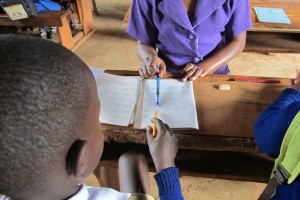
Children practicing writing during individual work time
This has brought me also to think more critically about training in other countries with different techniques that we typically use. First, they need to teach Swahili differently than I learned it, because it is their native language, but also because Swahili functions as a language much differently than English and some of the ideas like rhyming just don’t work well. Furthermore, I think that to make teaching methods sustainable they need to be modified and enhanced slowly so that there is buy-in and comfort with the procedures and teachers continue to use them. In addition, we want to develop a model that is transferable and sustainable across many schools in Tanzania. Because that involves working with many teachers and principals, we need cooperation amongst all. To gain that support and cooperation, it will be important to provide a model that has proven results but also is feasible and functioning with the resources available in a typical Tanzanian school. Change is slow, but then leads to last changes and lasting success.
Beyond the pedagogical techniques, I believe strongly that the growth has been made because of the individual attention that children have received. If you have been in a large classroom (70-100 students) in Tanzania or another country where class sizes are large with one or two teachers, you will observe that children fight to be noticed or to answer and make sure they are right or blend in and get lost in the crowd. Children give choral responses to questions and copy and fill in answers off the chalkboard. If they make many mistakes, they have to go back and do it again and again. Sometimes, they will copy off their neighbors, but that doesn’t help them to learn. While the best and brightest can thrive in this environment, many children in the middle get lost and may or may not catch up over time.
I have observed through the work on this project the real power of working children individually and in small groups doing much of the same thing as in a big class, but by giving them the opportunity to express themselves and frequent practice and feedback. Because these children come to work with Veronika and the other teachers in small groups 4-5 days a week, they receive an immense amount of feedback and support to learn their basic skills. Children with learning disabilities need that additional support and feedback. This alone has made huge difference. When children aren’t getting something, they notice and try something different. But, I think the most important change for many of these children is that they have found their voices. Some of the children I saw last year were timid and knew that they were not doing well in school and hid out of shame, because that was how some were taught to feel. They thought it was their fault or they were doing something wrong. This year, the children have come out of their shells and are confident and talk to us and joke with us. Many of them I see are smiling and more confident. Finding their voice is the best outcome, even though we can’t measure it.

Veronika reading a book
We are focused on strategies to enhance literacy and math skills, but as I mentioned earlier in other posts, we work on many different skills.


